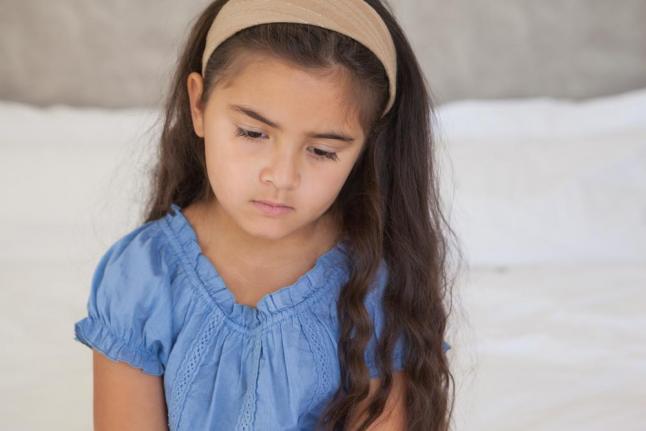Pupil Activity May Indicate Depression Risk in Children

BINGHAMPTON, N.Y., July 7 (UPI) — The amount that a child’s pupil dilates when shown certain images may predict whether he or she is at risk for depression during the following two years.
Researchers at Binghamton University found measuring the physical response in the eye was a biomarker indicating the chance that a depressed mother’s child may be at risk for the condition as well.
“We think this line of research could eventually lead to universal screenings in pediatricians’ offices to assess future depression risk in kids,” said Brandon Gibb, a professor of psychology at Binghamton, in a press release.
During the study, the children of 47 mothers with a history of major depressive disorder were shown happy, angry and sad images while researchers tracked their pupil dilation.
Researchers followed up with the mother and child pairs over the course of the following two years. They found that children whose pupils dilated more when they were exposed to sad images had higher levels of depressive symptoms and a shorter time before experiencing a “clinically significant” depressive episode.
The results of the study, researchers said, were not connected to any pupillary response to the happy or angry images.
Like Us on Facebook for more stories from GephardtDaily.com







